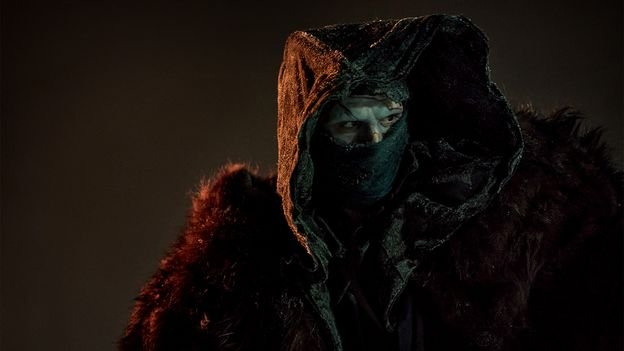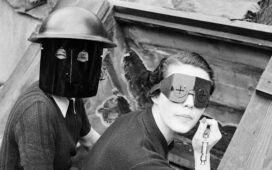
It’s perhaps a double-edged sword that the monstrous success of Hollywood’s incarnations (notably James Whale’s 1931 film starring Boris Karloff as the creature) in many ways secured the story’s longevity but somewhat obscured Shelley’s version of it. “Frankenstein [the film] created the definitive movie image of the mad scientist, and in the process launched a thousand imitations,” Frayling writes. “It fused a domesticated form of Expressionism, overacting, an irreverent adaptation of an acknowledged classic, European actors and visualisers – and the American carnival tradition – to create an American genre. It began to look as though Hollywood had actually invented Frankenstein.” And so, a movie legend was born.
And just as Hollywood cherry-picked from Mary Shelley to cement its version of her story, she had borrowed from historical and Biblical stories to create her own message and mythology. The subtitle of the novel, “The Modern Prometheus”, recalls the figure of ancient Greek and Latin myth who variously steals fire from the gods and gives it to man, and represents the dangers of overreaching. The novel’s other great allusion is to God and Adam, and a quote from Paradise Lost appears in the book’s epigraph: “Did I request thee, Maker, from my clay / To mould me man?”. It is arguably the creature’s humanity – and his tragedy – that in his cinematic transformations into a mute but terrifying monster, has often been forgotten.
Shelley gave the creature a voice and a literary education in order to express his thoughts and desires (he is one of three narrators in the book). Like The Tempest’s Caliban, to whom Shakespeare gives a poetic and poignant speech, the creature’s lament is haunting: “Remember that I am thy creature; I ought to be thy Adam, but I am rather the fallen angel, whom thou drivest from joy for no misdeed. Everywhere I see bliss, from which I alone am irrevocably excluded. I was benevolent and good; misery made me a fiend. Make me happy, and I shall again be virtuous.”
If the creature is perceived as a misshapen human rather than a monster, his tragedy deepens. He is first rejected by his creator, which Christopher Frayling called “that post-partum moment”, and is often identified as a parental abandonment. Considering that Mary Shelley had lost her own mother Mary Wollstonecraft at birth, had just buried her own baby girl, and was looking after her pregnant step-sister as she was writing the book – which took exactly nine months to complete – birth (and death) is pertinent. The newborn creature is alienated further as society recoils from him; he is made good, but it is the rejection that creates his murderous revenge. It’s a robust allegory for a responsibility to children, outsiders or those who don’t conform to conventional ideals of beauty. “The way that we sometimes identify with Frankenstein – as we’ve all taken risks, we’ve all had hubristic moments – and partly with the creature, they are both aspects of ourselves – all our selves” Fiona Sampson says. “They both speak to us about being human. And that’s incredibly powerful.”








Recent Comments